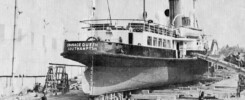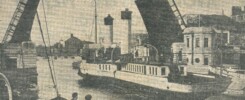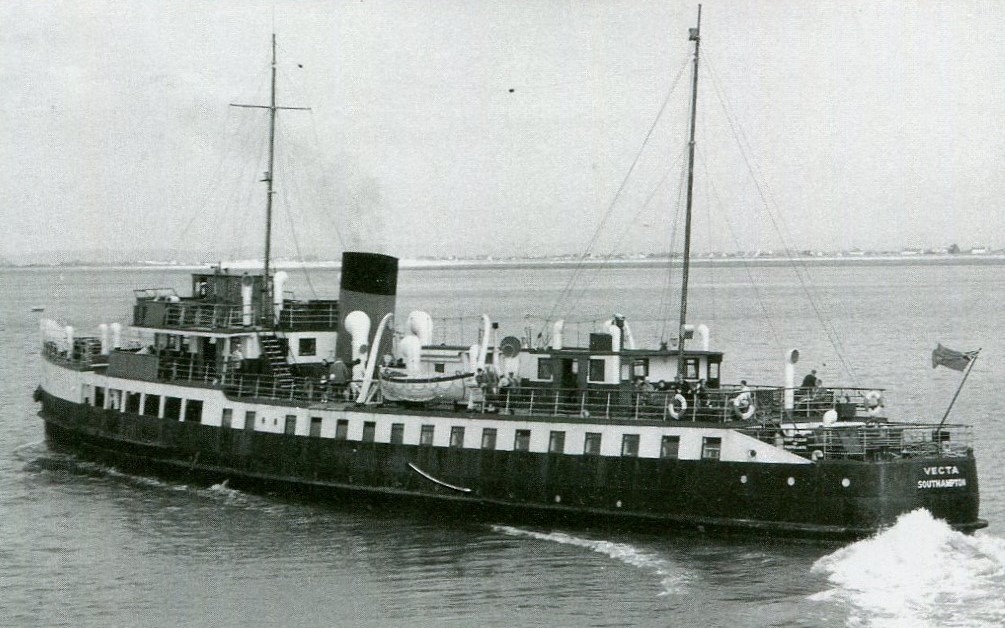
On Thursday 17th February 1966 Vecta left Weymouth around 10am for the passage down the Dorset, Devon and Cornish Coasts to Lands End and then on up the Bristol Channel to Cardiff for dry-docking. The weather forecast was not great but the pressure to get her going was large. Already she had made two attempts to set off from Weymouth but had had to turn back.
Vecta was built in 1939 for Red Funnel for excursions and tender work as well as for running on the Southampton to Cowes ferry. She became surplus to their requirements with the arrival of their new roll on roll off ferry Cowes Castle at the end of the 1965 season and was bought by P & A Campbell for their Bristol Channel sailings. She had a trial run on the Channel in late September/early October 1965 running mostly on the Weston ferry but on at least one occasion taking the day trip to Ilfracombe. After that she sailed for Weymouth for Cosens to do the necessary work to modify and refit her for her new role.
Cosens plated up the sides of the ship around the former car deck forward making her flush deck from bow to almost the stern but left the rather nice varnished bulwark which had previously formed the guardrail at the forward end of the promenade deck They painted the ship above the waterline including giving her a P & A Campbell white funnel. And they gave her machinery a major overhaul. They did not cut any windows in their new steelwork forward. That would have to wait until Vecta got to Cardiff for her drydocking.
There were those in the enthusiast community who were nervous about the arrival of Vecta, which was soon to be renamed Westward Ho, fearing that her arrival might presage the end of the paddle steamers Bristol Queen and Cardiff Queen.
1966 was a season of all change for Campbells in other directions too. Not only were there now three ships running on the Channel for the first time since 1958, which opened the opportunity for more sailings from Swansea as well as much else, but there were also changes in personnel. Bristol Queen’s chief officer Captain Hardcastle was promoted to be master of Westward Ho.
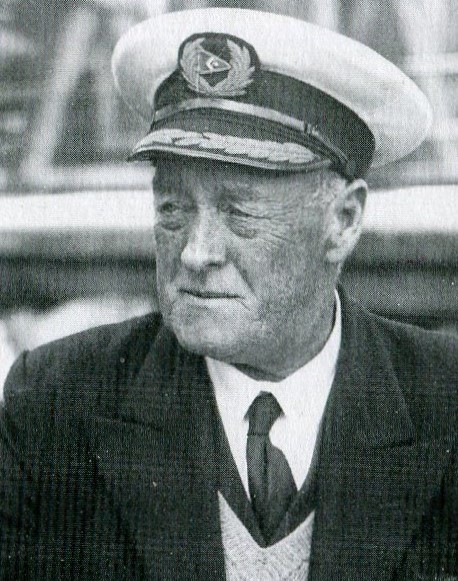
Captain Jack George retired. He had first sailed with the company as a chocolate boy in 1906 and after service deep sea returned after the Great War first as chief officer and then as master. Over the years he had commanded Cambria, Westward Ho, Glen Usk, Britannia, Empress Queen and Bristol Queen and when she was out of service in 1959 and 1960 Cardiff Queen. His colleague Captain George Gunn recalled that he was “a consummate ship handler who when he had a chief engineer he could rely on to give bridge control style engine movements could do things with a paddle steamer which left the rest of us gasping in his wake.”
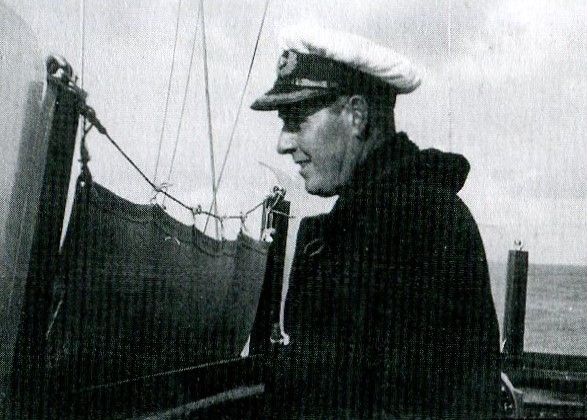
Having already spent a decade with the company Captain Phil Power moved from being master of Cardiff Queen to Bristol Queen.
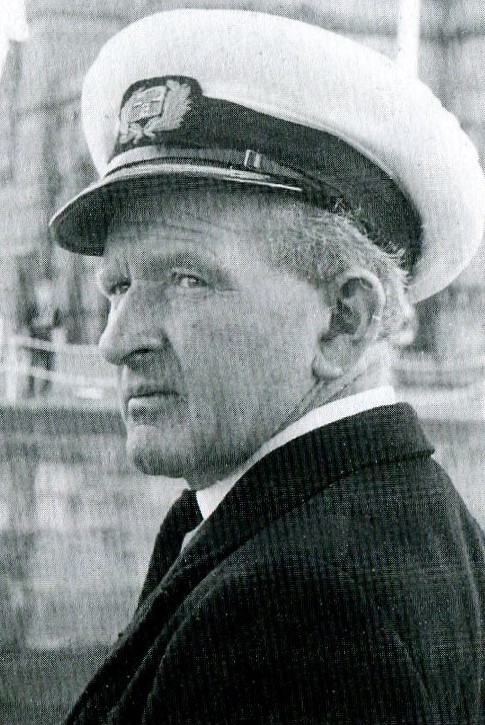
Capt Jack Wide, who had been a master with Campbells before the Second World War, and had relieved on the paddlers in recent years between stints as Pier Master at Weston became master of Cardiff Queen. Capt George Gunn, who had been master of the steamers in the 1950s, records in his excellent book “White Funnel Memories” that in August 1967 Bristol Queen was withdrawn…
…after her port paddle wheel took a turn for the worse off Barry in late August 1967. The official company line was that she had hit a submerged object. Jack, in private, was not of that opinion. A few weeks before in an attempt to cure the persistent cracking of the ship’s new paddle floats which had been fitted the previous winter, reinforcing plates were welded over the floats where they were bolted onto the brackets. This meant that instead of shaped one inch thick pieces of steel hitting the water as each float entered it, three inch thick pieces of steel struck the water. In addition the ship’s regular engineers, sensing what was going to happen, had all left and Bristol Queen was at the mercy of inexperienced engineers who did little if any wheel maintenance. ‘Something had to give’ Jack said. ‘The whole bloody wheel did.’
Having left Weymouth at 10am on Thursday 17th February 1966 Vecta ran into some serious weather as she crossed Lyme Bay and ended up spending the first night out sheltering in the lee of the land in Torbay.
Kingswear Castle returned to service in 2023 after the first part of a major rebuild which is designed to set her up for the next 25 years running on the River Dart. The Paddle Steamer Kingswear Castle Trust is now fund raising for the second phase of the rebuild. You can read more about the rebuilds and how you can help if you can here.
John Megoran
This article was first published on 17th February 2021.

